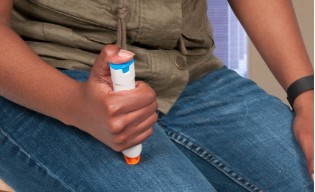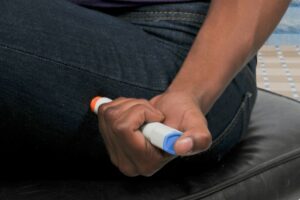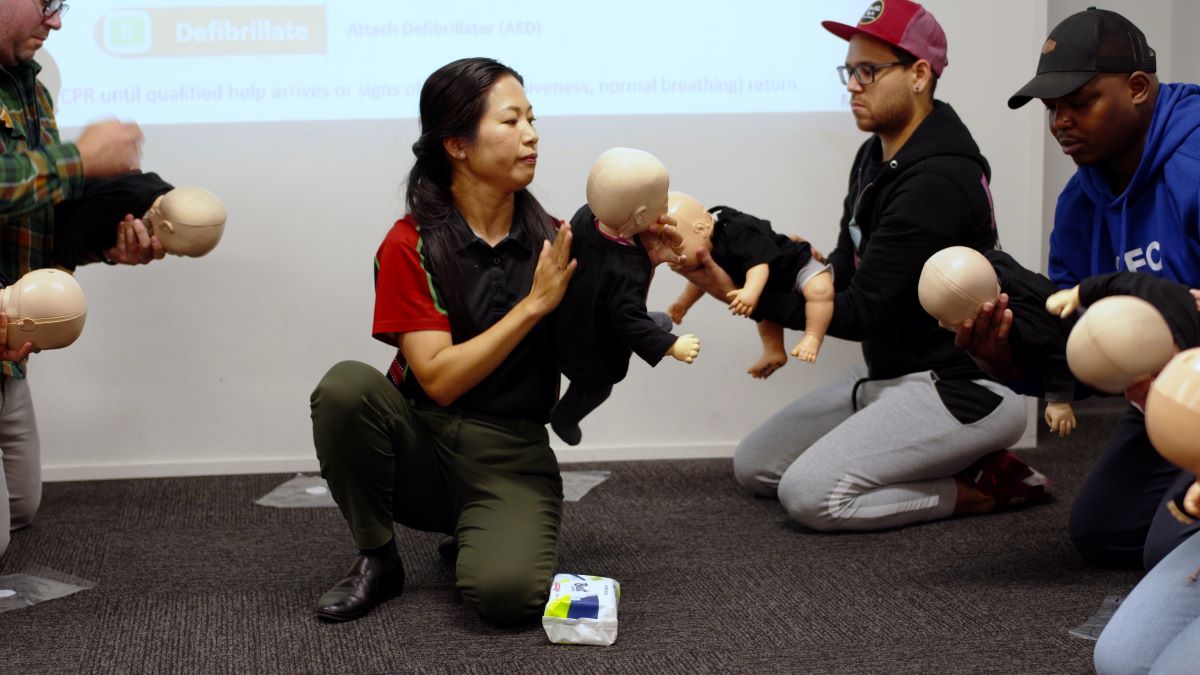Healthcare professionals are seeing more children with severe allergic reactions. Due to the unpredictable nature of allergies, epinephrine auto-injector or EpiPen is a must-have.
Knowing how to use an EpiPen is essential as it can act quickly to improve breathing, stimulate the heart, reduce swelling, and lower blood pressure levels.
What Is an EpiPen
An epinephrine auto-injector is a device that delivers medication quickly to someone who may be experiencing Anaphylaxis. (Anaphylaxis is a severe and potentially life-threatening effect from an allergic reaction.) It is also helpful in treating reactions from insect bites or stings or allergic reactions to foods, drugs, and other substances.
Due to Anaphylaxis being unpredictable, someone experiencing symptoms must receive treatment as early as possible. The auto-injector quickly works to reverse the effects of what could be a severe allergic reaction.
Step-by-Step Guide on Using EpiPen
Remember to follow instructions from the manufacturer when using an auto-injector. There is usually a manual on using it on the external packaging or box.
Here’s a step-by-step guide on how to use an EpiPen in an emergency.
- Carefully remove the item (auto-injector) from the carrier tube.
- Grip the barrel using the dominant hand, pointing the orange tip downward. Ensure that fingers are not close to both ends.
- Use the other hand to pull the injector straight up and remove the blue safety release. Make sure not to twist or bend it.
- Inject the orange tip of the EpiPen into the middle part of the upper thigh. Push it until you hear a clicking sound. The device will let you know that the auto-injector is underway.
- Hold the injector in place for the next 3 seconds. Count off slowly before removing it from the skin.
- Use fingers to gently the injection site for at least 10 seconds.
- Call Triple Zero (000) to seek emergency care or ask a bystander to make the dial.
After administering the initial dose of epinephrine, health experts suggest transferring the casualty to an emergency room or unit for observation. The recommended time is 4 to 6 hours or longer, depending on the severity of the reaction. Further treatment may also be necessary.
Take note that two or more sequential doses of epinephrine should be given only under direct supervision by a healthcare professional.
Common Side Effects of EpiPen Injection
Here are the common signs and symptoms following epinephrine injection.
- Having fast, irregular or “pounding” heartbeat
- Sweating
- Headache or migraine
- A feeling of weakness or shakiness
- Pale skin
- Feelings of anxiety, nervous
- , or over excitement
- Dizziness
- Nausea or vomiting
- Breathing difficulties
Most sign effects of epinephrine injection typically go away with rest. Seek medical care for any side effects that become bothersome or do not disappear. Call a doctor for advice on the side effects of this device.
Special Tips
Experts suggest always keeping an EpiPen at room temperature. Avoid exposing the device to extreme cold, heat, or direct sunlight as it causes the device to malfunction. Always check the expiration date and replace it before it does.
Check the viewing window of the device from time to time and see if the solution remains clear and colourless. The brown colour may indicate that the medicine is about to expire.
Conclusion
Using an EpiPen is valuable in many emergencies but be aware of its risks and hazards. In some cases, it can lead to needlestick injuries and transmission of infections.
After the injection, the person will feel the epinephrine working right away. It may also bring “side-effects” of rapid heartbeat and nervousness. When applicable, always call for first aid treatment or medical assistance. Note that symptoms may return or worsen even after getting the injection.
There may also be a need for a second injection, especially if the person did not respond to the first one and emergency services are still on their way.
Enrol in a first aid course for best practices and learn how to administer EpiPen in asthma attacks.








